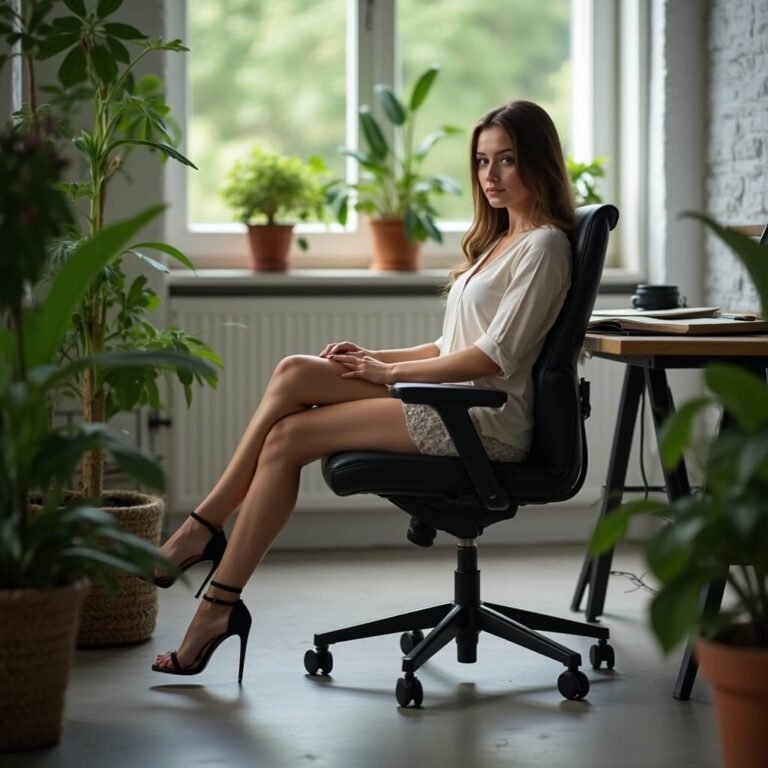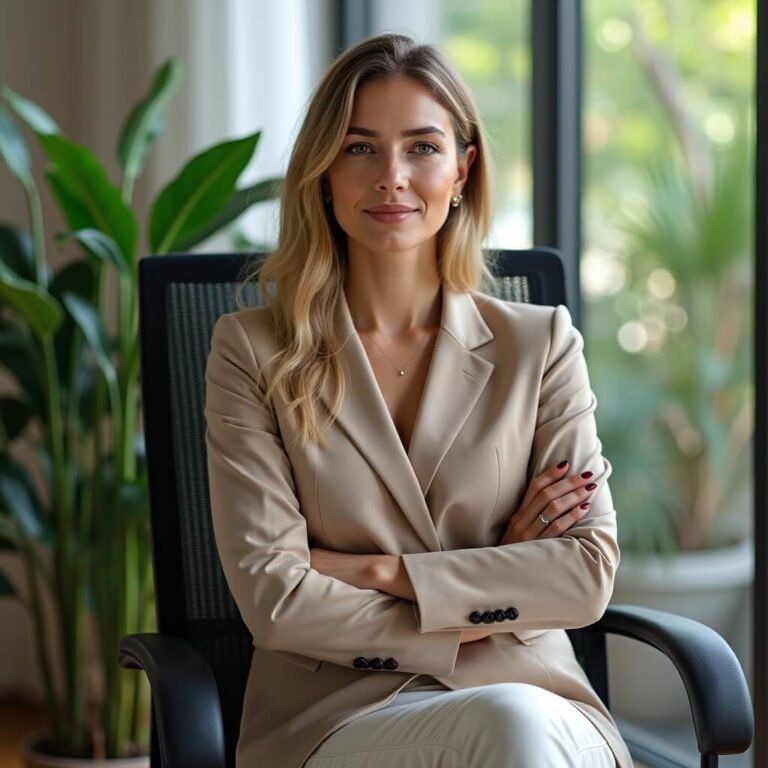Introduction
Creating a realistic portrait with oil paints is an artistic challenge that requires patience, precision, and technique. Whether you’re a beginner or an experienced artist, understanding how to achieve lifelike textures and depth can elevate your artwork significantly. This guide will provide you with essential tips to refine your oil painting skills and bring realism into your portraits.
- Choosing the Right Materials
Before you begin, selecting quality materials is crucial to achieving professional results. Consider the following:
- Oil Paints: Opt for professional-grade paints with high pigment concentration for rich colors and smooth blending.
- Brushes: A variety of brushes—round, filbert, and flat—help in creating different effects.
- Canvas: A well-prepared canvas with a smooth surface enhances precision.
- Mediums: Linseed oil and turpentine aid in blending and drying control.
Pro Tip: Invest in high-quality synthetic or natural-hair brushes to achieve subtle textures in portrait painting.
- Understanding Color Theory for Skin Tones
One of the biggest challenges in realistic portrait painting is achieving natural-looking skin tones. Consider these tips:
- Avoid using black for shadows: Mix complementary colors (blue and orange, red and green) to create realistic depth.
- Use warm and cool tones: Warm tones for highlighted areas, cool tones for shadows create realism.
- Build colors gradually: Layering helps in achieving soft transitions between shades.
Recommended Palette for Skin Tones: Titanium White, Yellow Ochre, Burnt Sienna, Alizarin Crimson, and Ultramarine Blue.
- Sketching the Portrait and Establishing Proportions
A strong foundation is key to realism. Start with a light pencil or charcoal sketch on the canvas before applying paint. Keep these principles in mind:
- Use grid techniques: This ensures accuracy in facial proportions.
- Block in shadows and highlights early: This defines depth from the start.
- Work from general shapes to details: Establish the face’s basic structure before refining individual features.
- Mastering Blending Techniques
Smooth transitions between colors define realistic portraits. Here are effective blending techniques:
- Wet-on-wet technique: Mixing colors directly on the canvas helps create seamless gradients.
- Dry brushing: Used for subtle texturing in areas like wrinkles or soft hair strands.
- Soft blending with fan brushes: Helps create airy skin tones without harsh edges.
Pro Tip: Use soft synthetic brushes or a blending stump to soften harsh transitions between color layers.
- Layering for Depth and Dimension
Layering paint enhances depth in portraits by creating volume. Follow these steps:
- Start with an underpainting: A monochromatic base layer helps in defining initial values.
- Apply mid-tones before details: This prevents overworking shadows or highlights too early.
- Use glazes for realistic effects: Thin layers of transparent paint add subtle shifts in colors.
- Adding Realistic Details: Eyes, Skin Texture, and Hair
Capturing intricate details sets apart realistic portraits. Focus on:
- Eyes: Paint reflections using small dabs of white to enhance depth.
- Skin texture: Gentle stippling or glazing techniques create pores and natural imperfections.
- Hair: Use long, fluid strokes following the hair’s direction for lifelike movement.
- Drying Time and Finishing Touches
Oil paints take time to dry, so patience is key. Let layers dry properly before applying finishing details. Seal your painting with a varnish after it’s fully cured to preserve its vibrancy.
Conclusion
Creating realistic portraits with oil paints involves understanding color theory, blending techniques, and layering methods. With practice and the right materials, you can master the art of lifelike portraiture. Keep experimenting and refining your technique to bring authenticity to your artwork.
















